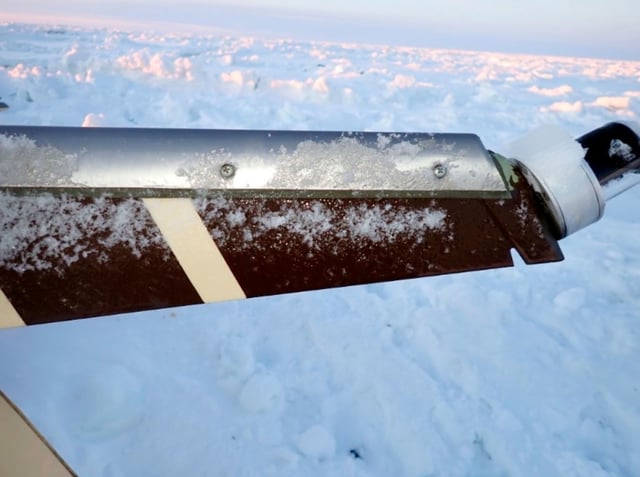Overview
- A preliminary NTSB report revealed the plane exceeded the maximum allowable weight for icing conditions by 1,058 pounds.
- The Cessna Grand Caravan crashed 34 miles southeast of Nome, Alaska, and its wreckage was found on a drifting ice floe the next day.
- The plane was flying in moderate icing conditions, with hazardous weather reported along its route between Unalakleet and Nome.
- Investigators are examining the functionality of the plane's anti-icing system and its center of gravity as part of the ongoing investigation.
- This crash, one of Alaska's deadliest in recent years, underscores the risks of aviation in remote regions where small planes are essential for transportation.


